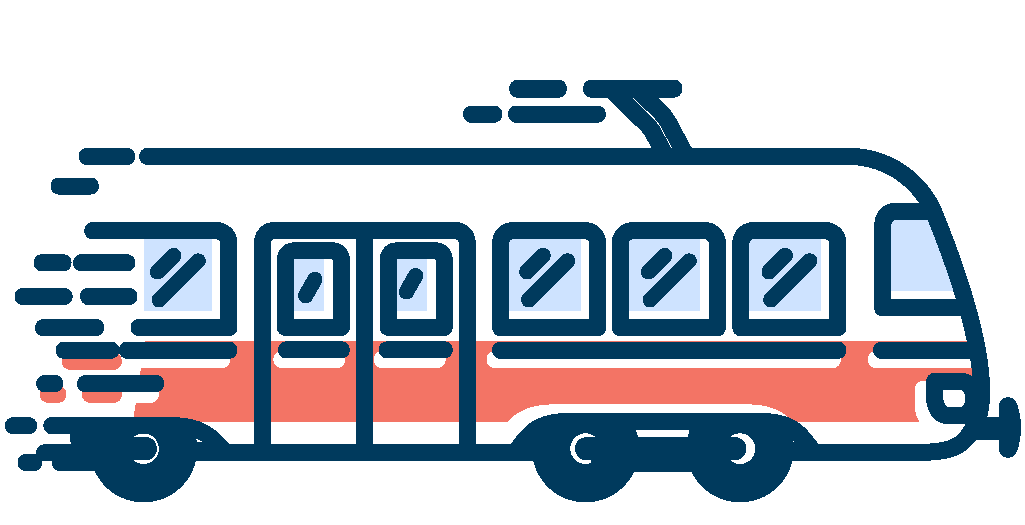 Piazza Mercantile - 6010 - 70122
Piazza Mercantile - 6010 - 70122



 Gratis - Gratis
Gratis - Gratis



From Viale Enzo Ferrari, continue in the direction of Strada Provinciale 204 / Viale Gabriele d'Annunzio / SP204.
Take Viale Europa, SS16, Via Napoli and Corso Vittorio Veneto in the direction of Piazza Mercantile in Bari.
Continue along Lungomare Augusto Imperatore. Piazza Ferrarese is on the right.
Walk towards Piazza Mercantile
From the toll booth at Bari Sud of the Autostrada A14,
Take E843, Viale Giuseppe Tatarella, the underpass Sottopassaggio Giuseppe Filippo, Via Brigata Regina
Continue along Lungomare Augusto Imperatore in the direction of Piazza Mercantile in Bari.
Piazza Ferrarese is on the right.
Walk towards Piazza Mercantile
 Public Transport
Public Transport
AMTAB bus lines #2, #4, #10, #12, #12/, #21, and #35 stop near Piazza Ferrarese (continue on foot to Piazza Mercantile)
Lungomare Imperatore Augusto-Corso Vittorio Emanuele